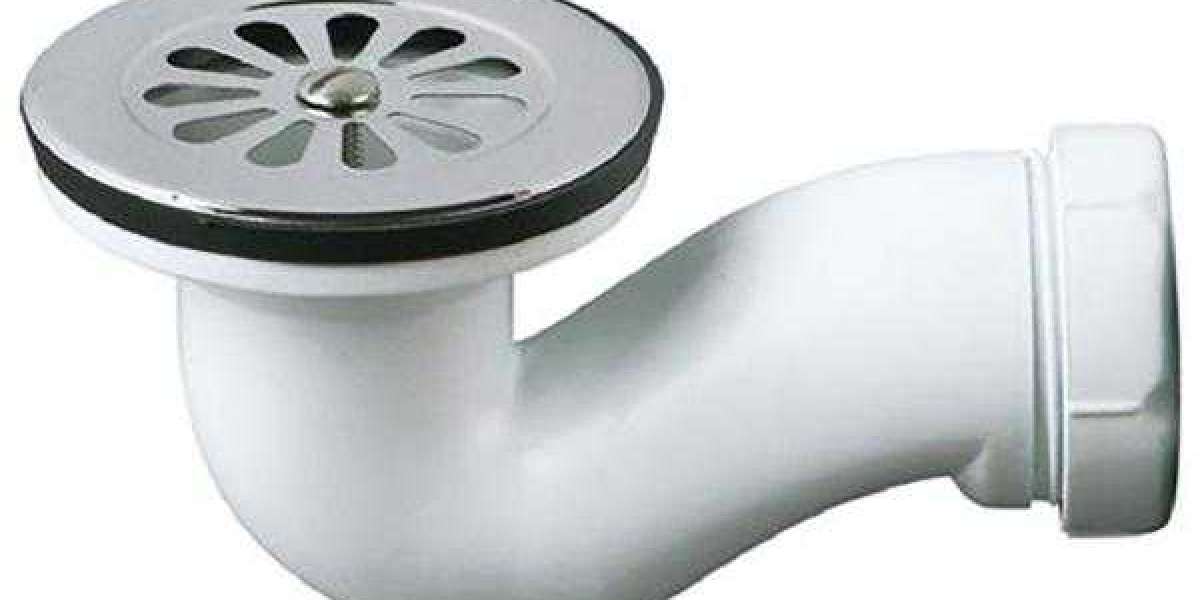In the world of swimming, where strength, speed, and endurance are everything, athletes are always looking for new ways to improve. One of the most powerful tools used by both beginners and professional swimmers is the Swim Parachute. This simple yet effective piece of equipment can take your training to the next level. It may look small, but the benefits it offers are huge. If you want to become a faster, stronger, and more efficient swimmer, learning about swim parachutes is a smart move.
In this article, we will dive into every detail about the swim parachute. We will explore what it is, how it works, the benefits it provides, and how you can use it safely and effectively. By the end, you will have a clear understanding of why this tool is so popular and how it can help improve your swimming performance.
Let’s get started with six detailed sections that cover everything you need to know about the swim parachute.
A Swim Parachute is a type of resistance training equipment used by swimmers during practice. It includes two main parts: a waist belt and a small parachute that trails behind you in the water. When you swim, the parachute opens and creates drag, which makes it harder for you to move forward. This added resistance forces your muscles to work harder.
The parachute usually connects to the belt with a strap or cord. The size of the parachute can vary, and each size offers a different level of resistance. Smaller parachutes are great for beginners or those focused on technique, while larger ones are better for advanced swimmers who want maximum resistance.
Using a swim parachute helps swimmers build strength, improve body control, and enhance stroke technique. Since the resistance slows you down, it gives you time to focus on each part of your stroke. You can feel your muscles working more, which helps you become stronger and more aware of your movements.
Unlike other training tools, such as paddles or fins, a swim parachute doesn’t change your stroke pattern. This means you can train with added resistance while keeping your swimming form natural and correct. It is used in all four strokes – freestyle, breaststroke, butterfly, and backstroke.
Overall, a swim parachute is a simple but powerful tool that can be used by swimmers of all levels to make training more effective and challenging.
Benefits of Using Swim Parachute
There are many reasons why swim parachutes are becoming more popular among swimmers and coaches. Here are some of the most important benefits of using a Swim Parachute:
1. Builds Strength: The drag from the parachute creates resistance in the water, making your muscles work harder. This builds strength in your arms, legs, core, and shoulders.
2. Improves Endurance: Swimming with extra resistance pushes your heart and lungs to work more. Over time, this improves your cardiovascular fitness and stamina.
3. Enhances Stroke Technique: Because the parachute slows you down, you have more time to focus on each part of your stroke. This helps you improve your technique and become a more efficient swimmer.
4. Boosts Speed: After swimming with resistance, you’ll feel much lighter and faster when you swim without the parachute. This is called "overspeed training" and helps improve your sprint performance.
5. Increases Mental Toughness: Training with a swim parachute can be tough. It requires focus, patience, and a strong mindset. Over time, it helps you become mentally stronger and more confident.
6. Versatile Use: Swim parachutes can be used for all strokes and at different speeds. Whether you want to work on sprinting, long-distance swimming, or technique, the parachute fits into your routine easily.
Using a swim parachute regularly in your training program can lead to noticeable improvements in your performance, strength, and swimming confidence.
Using a Swim Parachute is quite simple, but it’s important to do it the right way to get the best results and avoid injury. Here are the steps to follow:
Step 1: Wear the Belt Correctly Put the adjustable belt around your waist and make sure it fits snugly. It should not be too tight or too loose. The parachute should hang behind you and float in the water.
Step 2: Attach the Parachute Connect the parachute to the belt using the cord or strap provided. Check that it is securely attached and untangled. Some parachutes have swivels to prevent twisting.
Step 3: Warm Up Before Training Always swim a few laps without the parachute to warm up your muscles. This prepares your body for resistance work.
Step 4: Start with Short Sets If you are new to swim parachutes, begin with short distances like 25 meters or 50 meters. Focus on good technique and don’t rush.
Step 5: Use Proper Technique Even with the added drag, keep your body straight and your stroke clean. Don’t let the resistance break your form.
Step 6: Rest Between Sets Parachute training is intense, so rest between sets. This allows your muscles to recover and perform better.
Step 7: Cool Down Finish your workout with easy swimming without the parachute. This helps your body relax and recover.
By following these simple steps, you can safely and effectively add swim parachute training to your routine.
Swim parachutes come in different sizes, materials, and designs. Choosing the right one can make your training more comfortable and effective. Here are the main types of Swim Parachutes available:
1. By Size:
Small (6-8 inches): Best for beginners or for technique-focused training.
Medium (10-12 inches): Offers more drag for intermediate-level swimmers.
Large (14-16 inches or more): Creates high resistance for advanced swimmers.
2. By Shape:
Round Parachutes: Provide even drag and are stable in water.
Square or Flat Parachutes: May give more unpredictable drag and are less common.
3. With or Without Swivels: Some parachutes come with a swivel attachment to prevent the cord from twisting during turns. This is helpful for long-distance sets and smooth flip turns.
4. By Material: Most swim parachutes are made from lightweight, water-resistant materials like nylon or polyester. Nylon dries quickly and is easy to carry. Polyester is more durable and lasts longer.
5. Color and Brand Options: Different brands offer parachutes in various colors and styles. Popular brands include TYR, FINIS, Arena, and Sporti. Choose one that fits your training goals and budget.
When buying a swim parachute, always check reviews and product details. Pick a size and design that matches your swimming level and workout needs.
Once you have your Swim Parachute, you can start adding it to your training sessions. Here are a few simple workout examples you can try:
Beginner Workout:
6 x 25 meters freestyle with parachute
Focus: Strong kicks and arm pulls
Rest: 30 seconds between sets
Intermediate Workout:
4 x 50 meters freestyle and backstroke with parachute
Focus: Maintain technique under resistance
Rest: 45 seconds between sets
Sprint Workout:
4 x 25 meters sprint with parachute
4 x 25 meters sprint without parachute
Focus: Compare speed and power
Mixed Stroke Workout:
4 x 50 meters (1 each: free, breast, back, fly) with parachute
Rest: 1 minute between sets
Focus: All-around strength and control
Advanced Endurance Set:
2 x 100 meters with parachute
2 x 100 meters without parachute
Repeat 2 rounds
Rest: 30 seconds
Make sure to warm up before and cool down after each session. Adjust distances based on your fitness level. These workouts help build strength, endurance, and speed all in one.
While training with a Swim Parachute is very helpful, some swimmers make mistakes that can reduce the benefits or even cause problems. Here are the most common mistakes and how to avoid them:
1. Using the Wrong Size: Beginners often start with a parachute that is too large. This can cause too much drag and poor form. Start small and increase size gradually.
2. Ignoring Technique: Focusing only on resistance and forgetting technique is a big mistake. Always keep your body position and stroke quality in mind.
3. Overtraining: Using the parachute every day or for long sets can lead to fatigue or injury. Use it 2 to 3 times a week, not daily.
4. Skipping Warm-Up and Cool Down: Not preparing your body before or after parachute training can result in muscle strain or soreness.
5. Not Resting Enough: Short rest times between sets can reduce your performance and increase the risk of injury. Take enough rest.
6. Poor Maintenance: Leaving your parachute wet in your swim bag can cause damage. Rinse and dry it after each use.
By avoiding these mistakes, you can make the most of your swim parachute training and enjoy better results over time.
The Swim Parachute is a powerful, easy-to-use training tool that brings big results. From building strength and improving endurance to sharpening your stroke and boosting your speed, the parachute offers a wide range of benefits. It fits easily into your training and works for swimmers of all levels.
By understanding how to choose the right parachute, use it safely, and avoid common mistakes, you can add this simple device to your swimming gear and unlock a new level of performance.
Whether you are just starting your swim journey or training for competitions, the swim parachute is a great way to get stronger and faster in the water.
Q1. Can I use a swim parachute every day? No, it’s best to use it 2 to 3 times a week to prevent overtraining and allow your muscles to recover.
Q2. Is the swim parachute suitable for children? Yes, but only under adult supervision and with smaller parachute sizes suitable for their strength level.



